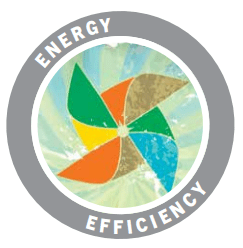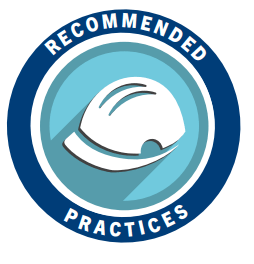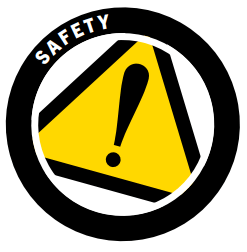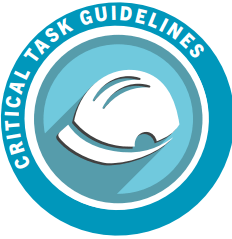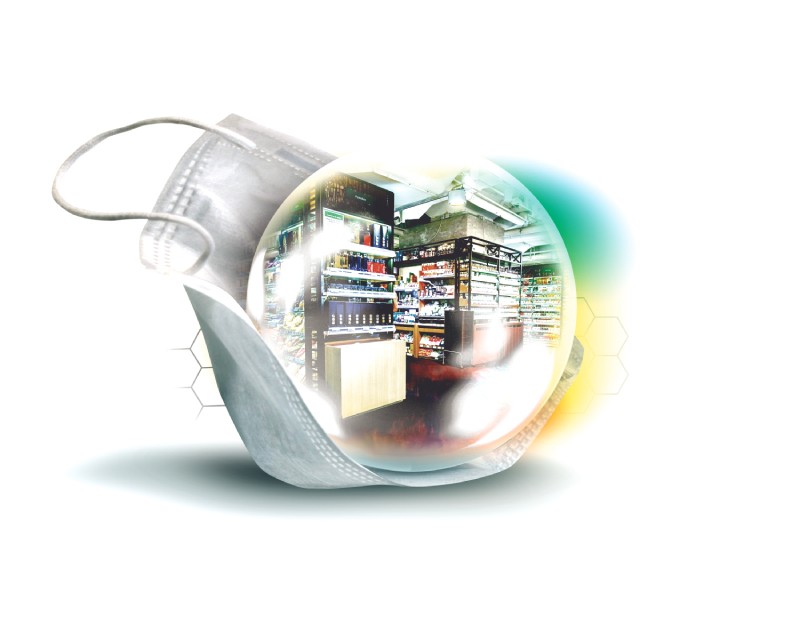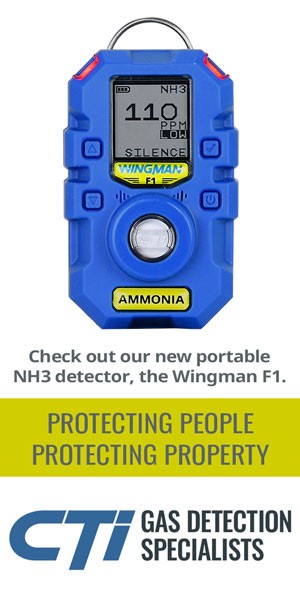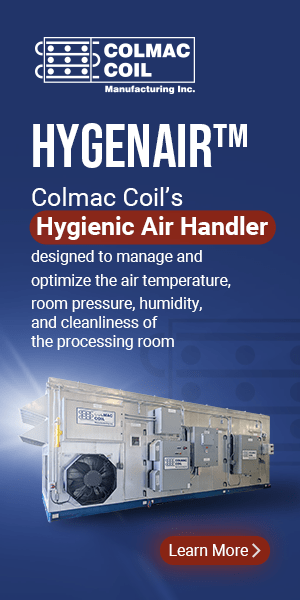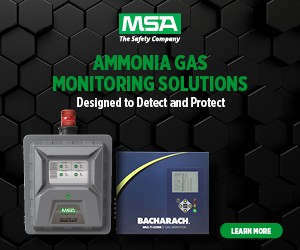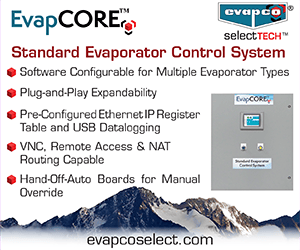IIAR Releases Second Edition of Guidelines on Manual Hand Valves
The IIAR Compliance Committee has updated the Guideline for Developing an Energy Control Plan for Manual Hand Valves and released a second edition. “After a guideline has been out and used in the industry, members and users will ask questions and provide input for consideration to make the guideline even clearer to use or capture additional information that enhances its value as a practice,” said Tony Lundell, senior director of standards and safety for IIAR. “An addendum typically will have minimal changes which could include simple edits, and/or provide statements that can add value to the guideline.”
Read More










